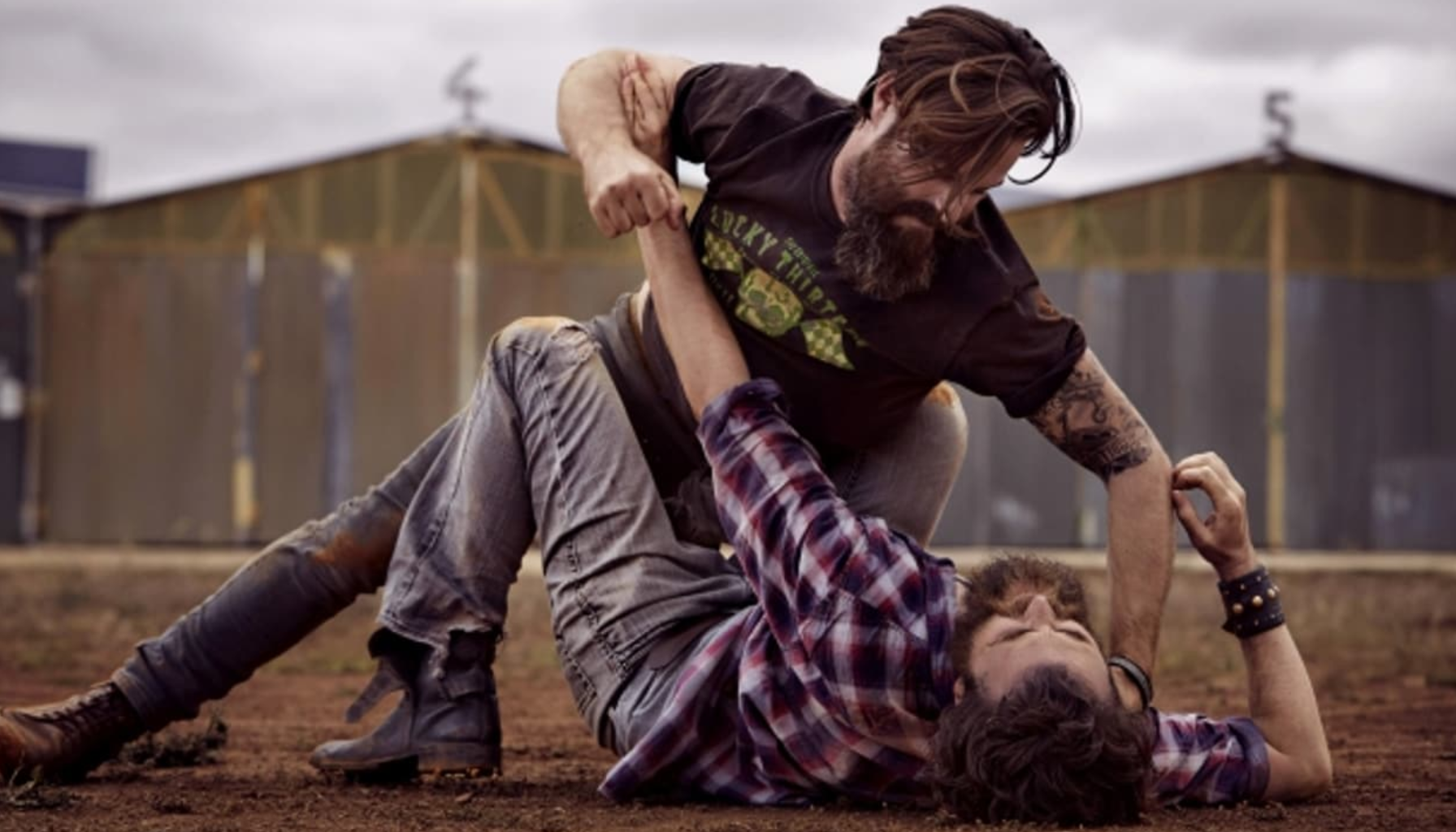
How to Defend Yourself in a Street Fight
Legendary UK ex-bouncer Geoff Thompson knows a thing or two about the reality of streetfighting. When he worked the club scene in Coventry, he is reputed to have had some 300 fist fights - the majority of which ended in him knocking out his opponents, many of whom were larger.
As a result of his fighting experience, he developed techniques for controlling Fear and launching a pre-emptive strike against the adversary.
Managing both of these skills are vital to winning a streetfight. Thompson believe there are five hierarchical strategies when about to be attacked: avoidance (if at all possible), escape, verbal de-escalation, posturing (shouting him down, which may or may not work on all attackers) and when all else appears to have failed - pre-emptive attack.
How to Defend Yourself in a Street Fight
The "Fence" is what Thompson refers to as a ready position of one's hands when an attack is imminent. This involves putting up one's hands in a non-aggressive, palms forward position, whereby you can easily defend your "center line" and head.
Using the fence allows one room to negotiate one's options; maybe try to dissuade the attacker, try to stand him down, or attack him first.
What is so advantageous about the fence is that when confronted by an aggressor looking to strike or attack you, the fact that you are not standing there with fists clenched will make him believe that you are not directly challenging him, while at the same time putting your hands between your face and his fists, greatly increasing the chances that his strikes might not get through directly.
Thompson calls conversation range (i.e. the distance of approximately 18 inches or so where you usually have a conversation), the "fence", where your lead hand, serves to maintain a safe barrier just long enough for you to either distract and escape, verbally de-escalate the situation, or pre-emptively attack the aggressor.
Having one's hands out in front, with one hand slightly forward allows for several things. The lead hand serves as a "sensory tentacle", a tool to judge how intent he is on attacking you.
If he touches your fence more than twice, he is intent on harming you. It can also serve as a "range finder" whereby the lead hand judges the distance for the rear hand to strike. In boxing, this is one of the main functions of the jab - it sets up the money punch - right cross.
Lastly, Thompson maintains that the lead hand in the fence acts as a mental trigger. If the attacker is verbally abusing you enough, that alone may be enough to drive most people to strike first. However, touching your lead hand might trigger the response that you are being attacked, ie. if he violently slaps your hand away.
Some other useful tips from Thompson involve learning three gross motor skill moves which enable you to, as he puts it, "hit first and hit effing hard". His reasoning is that in the real world, fights are not like "match fight" but fast, brutal, generally unskilled and furious - with the average fight lasting 3 seconds.
For example, the three techniques could be something like an headbutt for infighting range, a forward Muay Thai style elbow for further away and a right cross aimed at the jawline.
Or, maybe a finger jab to the eye, palm heel strike and knee strike from a clinch, or a thumbing eye gouge, a power slap and a headbutt. Find what is best suited for your body type and skills. Practice what comes naturally for you.
Also Geoff's advice about taking advantage of the four D's" of entrapment: dialogue, deception, distraction, and destruction are spheres of conflict that one has to master to maximize one's chances at winning a street fight. is, in my opinion, the best out there.


Comments